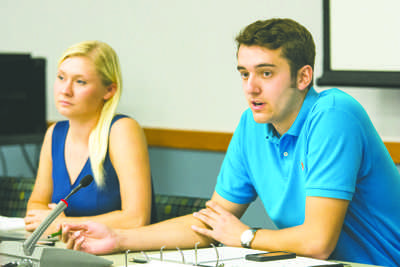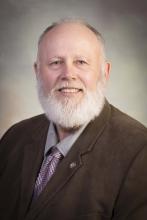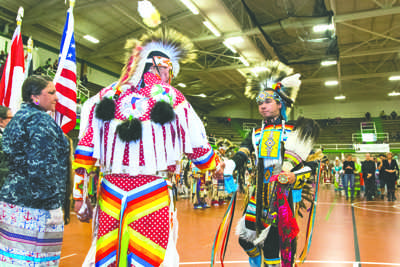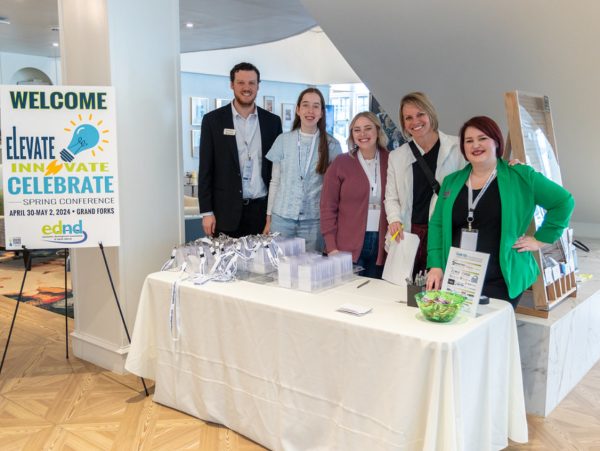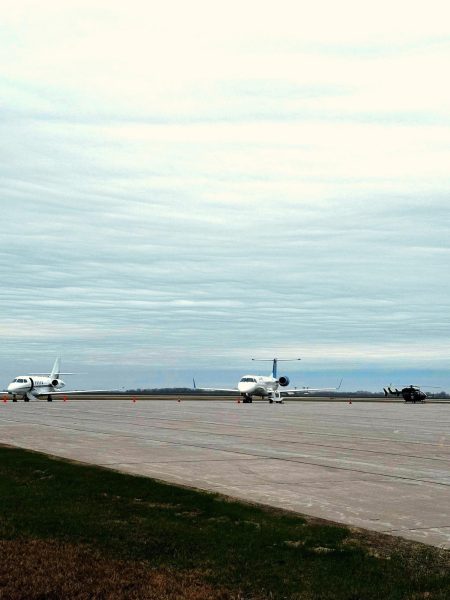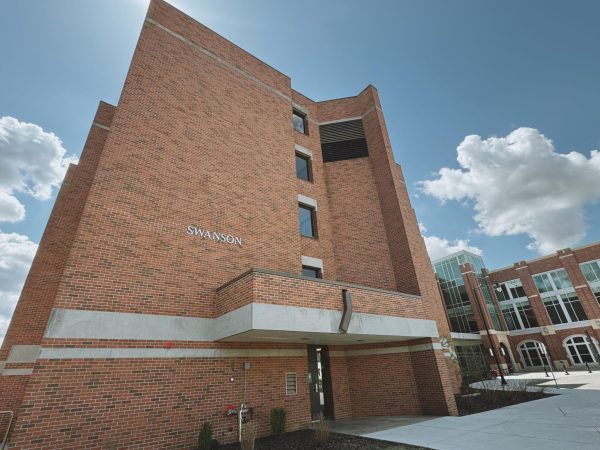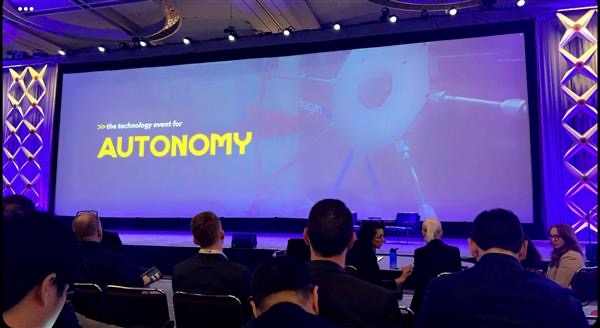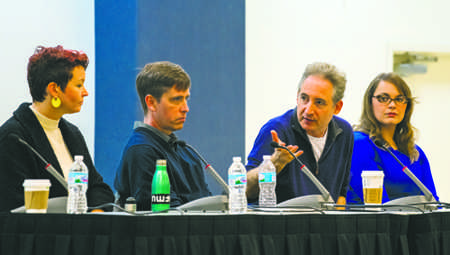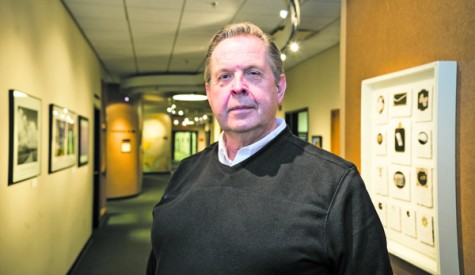Professor starts news network
Native Americans have a strong story-telling tradition. However, they tend to be underrepresented in the media. Television, especially, has a distinct lack of Native American voices.
The Indigenous News Network was founded by UND professor Mark Trahant to increase the number of young Native Americans in news media. According to their Facebook page, INN is “the University of North Dakota’s initiative to recruit, train and prepare the next generation of Native journalists across the United States and Canada.”
Young journalists will have the opportunity to work with UND communication professor Mark Trahant, who came to UND in August 2015 as the Charles R. Johnson Endowed Professor of Journalism.
Prior to coming to Grand Forks, Trahant was the Atwood Chair of Journalism at the University of Alaska Anchorage. He has worked as the editor of the editorial page at the Seattle Post-Intelligencer. He also has worked at the Seattle Times, Arizona Republic, The Salt Lake Tribune, Moscow-Pullman Daily News, the Navajo Times, Navajo Nation Today and the Sho-Ban News.
Trahant also has experience in video journalism. He was a reporter on PBS’ “Frontline” for a story about sexual abuse by clergy in Alaska.
“In the years I’ve been in the business there’s been a great increase in Native Americans in print journalism,” Trahant said. “There’s still not a lot of representation in television. In fact, Trahant is using INN as a way to increase this representation. One way they will do this is by embracing the possibilities of the Internet. He said it’s inexpensive to publish on the web, so INN’s funds can be used to pay young journalists freelance rates for their submissions.
The Internet also makes it possible to present news in a variety of media. Trahant said INN will be a combination of print and video from the start, which should be near the end of March.
“What we used to consider television just isn’t the same anymore,” Trahant said. “Now we have Mashable, Vice, Vox and places where young people might get jobs that are outside the normal avenues. So let’s prepare them.”
The Indigenous News Network will prepare young Native Americans through a clinical approach, allowing them to learn through practice. Trahant noticed North Dakota had successfully recruited Native Americans into medicine, nursing and aerospace through clinical models, so he created INN keeping those models in mind.
North Dakota is home to several tribal colleges, and Trahant hopes INN will be a way to build connections between them and UND. The network also will seek content from throughout the U.S. and Canada.
While INN’s content will be created by Native Americans, its audience will be wider.
“Ideally, the type of stories we’ll produce are the stories people in the college age range will find interesting,” Trahant said. “We don’t want to do it just to do it. We want to build up a audience over time.”
A call for submissions on INN’s Facebook page requests “great stories about state and federal politics, tribal government, business, language and culture, environment, and
technology and science.”
Trahant is a member of Idaho’s Shoshone-Bannock Tribe and the former president of the Native American Journalists Association. He will look to his experiences as a Native American and journalist to help the next generation share their stories.
“I think the best thing would be for them to get bitten by the story-telling bug,” he said. “This is a pretty cool way to earn a living. It beats working for a living.”
The INN will give young Native Americans a chance to learn how to put their experiences into words.
“I think most tribes already have a strong story-telling tradition,” Trahant said. “It’s just building on that tradition with the architecture of journalism.”
Lucas Amundson is the features editor for The Dakota Student. He can be reached at [email protected]


